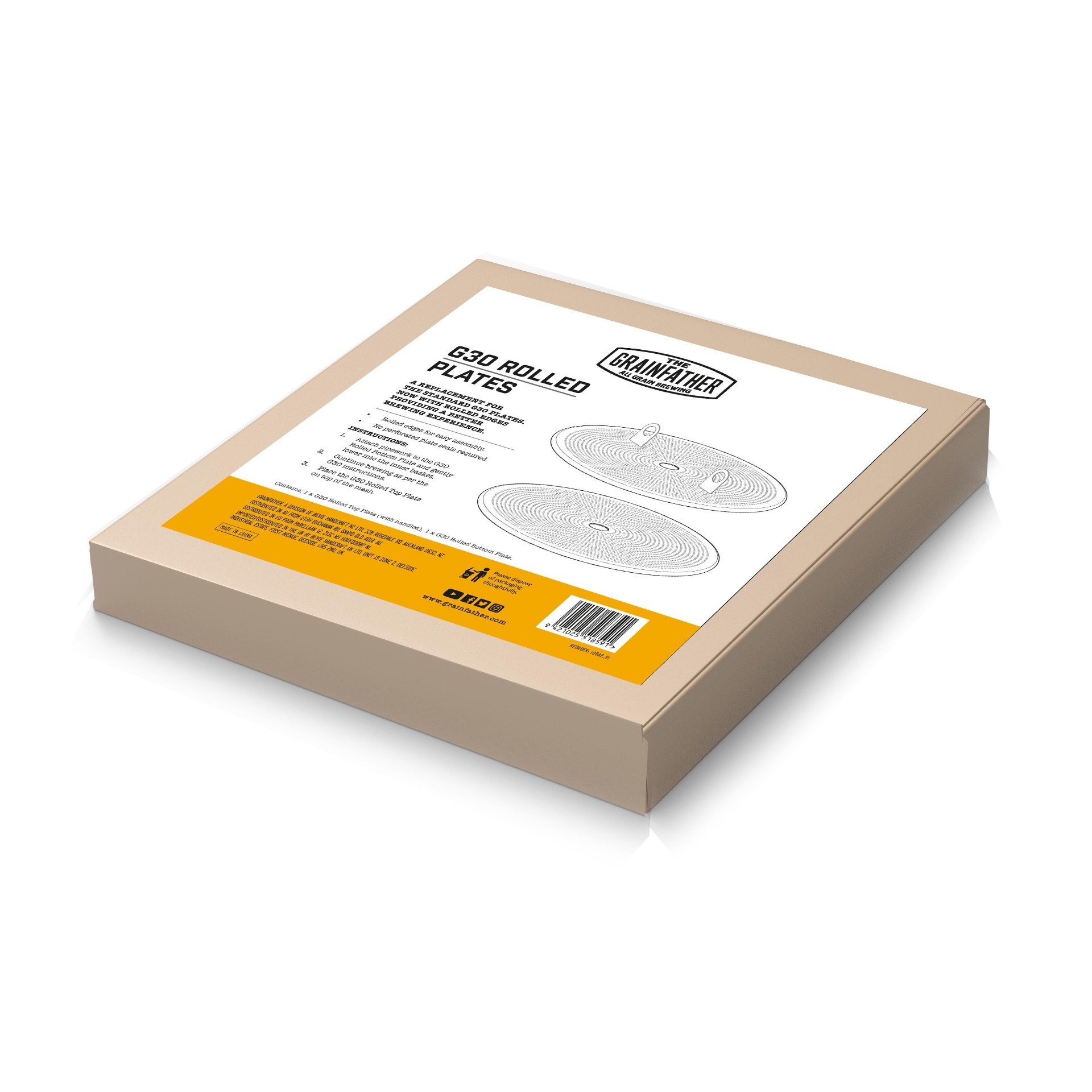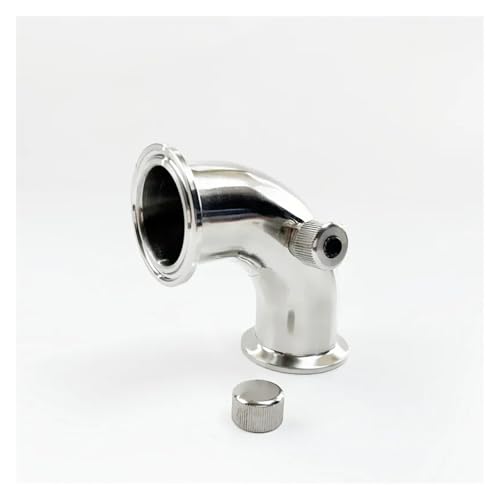Tombo
Well-Known Member
- Joined
- Aug 19, 2021
- Messages
- 140
- Reaction score
- 48
I absolutely agree 100% with you but you would probably have more success breeding cows with ducks than you would in getting a solution from grainfather let alone a free one.Sorry to say this but at nearly£700 for a product where the opposition is not much more than half the price you should really be asking for Grainfather for a FREE solution
Last edited:
































![BREWING THERMOMETER STICKERS ACCURATELY MONITOR FERMENTING BEER & WINE LIQUID TEMPERATURES 5PCS HOME BREW SPIRITS WINE LCD ADHESIVE [US]](https://m.media-amazon.com/images/I/311DDjo2X3L._SL500_.jpg)













